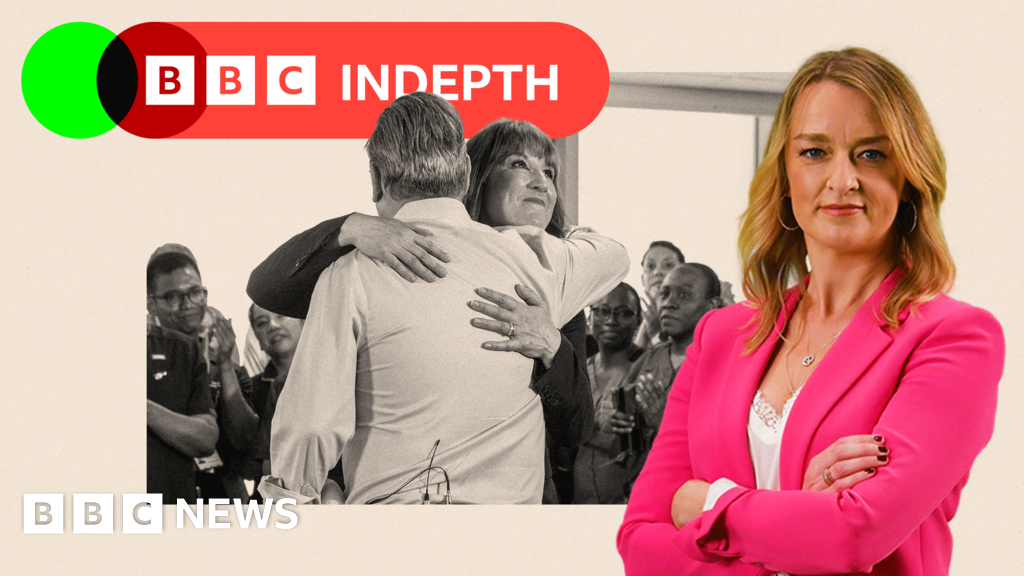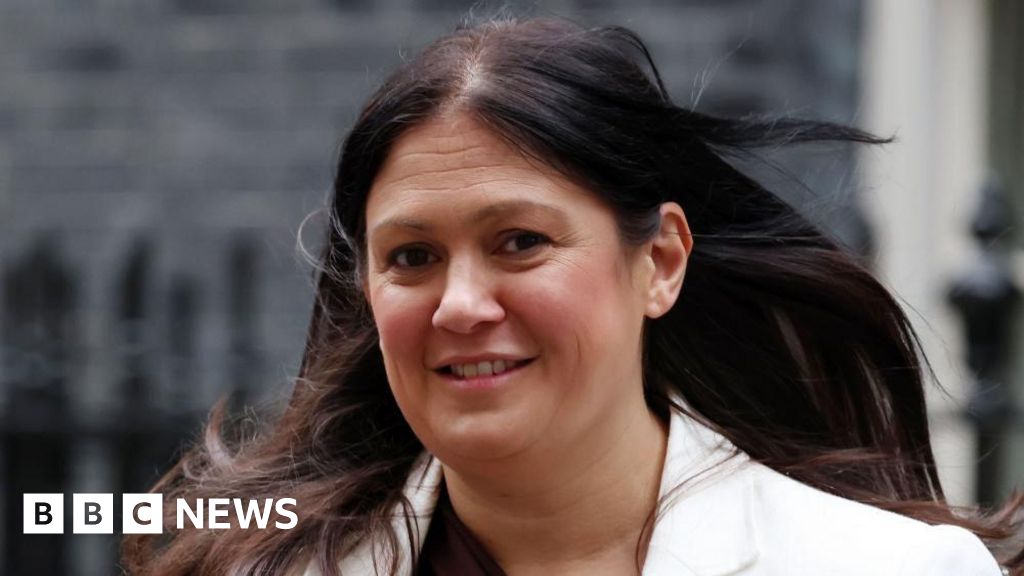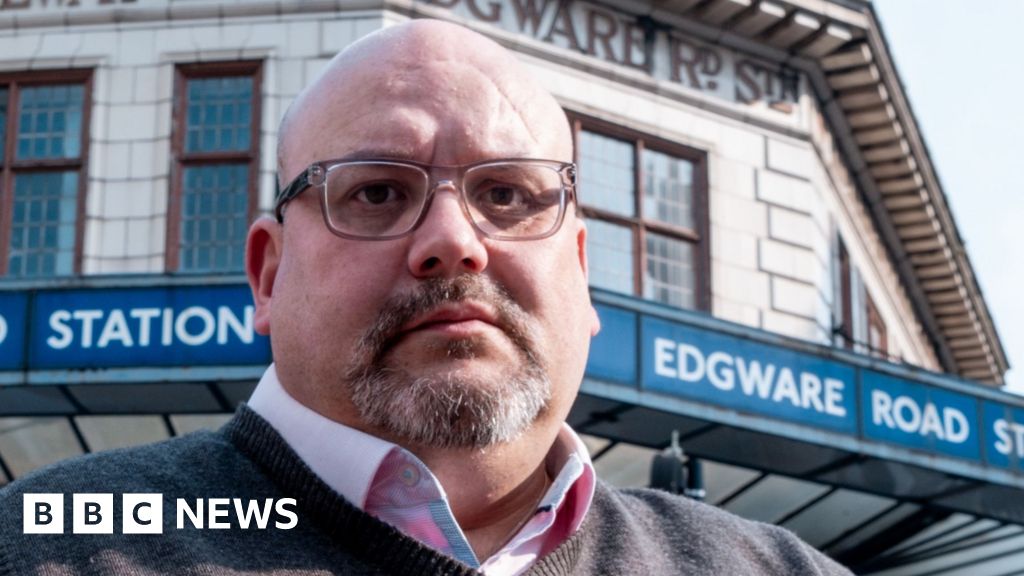By Madeline de Figueiredo
Ten years ago, Nancy Winmill’s son survived an opioid overdose. In her search for support, she found almost nothing available in her Burley, Idaho community.
“I had no idea what to do or where to go. I had no help. I had no resources,” Winmill said.
That experience pushed her to create what was missing: support groups, counseling, and eventually Simply Hope Family Outreach—a nonprofit for families struggling with addiction, codependency, divorce, grief, and suicide for rural southern Idaho. The organization has rapidly expanded due, in part, to funding from the Substance Abuse and Mental Health Services Administration (SAMHSA) under the Building Communities of Recovery Grant (BCOR).
“For rural communities like ours in Cassia and Minidoka counties, where access to behavioral health and recovery services is already limited, this grant has been nothing short of transformational,” Winmill said.
But now, the grant that helped build this community lifeline is on the chopping block.
The proposed FY2026 Department of Health and Human Services (DHHS) budget would cut nearly $1 billion and dozens of programs from SAMHSA following a March announcement that SAMHSA would be one of five agencies folded into a new, centralized Administration for a Healthy America. BCOR is one of the grants eliminated in the current budget proposal.
“In a region where stigma still silences many, this grant has empowered us to bring these issues into the light, and offer pathways to healing and hope,” Winmill said. “Eliminating this funding would not only stall progress, but potentially reverse hard-earned gains in recovery support for our rural neighbors.”
Rural mental health stakes
“We’re not being extremist when we say that there is a mental health crisis in rural America,” said Don Hannaford, vice president of public policy at Rural Minds, a nonprofit advocating for rural mental health equity.
Rural areas face a serious mental health care gap, with similar rates of mental illness as urban areas but nearly double the suicide rate, fewer primary care providers, and slower workforce growth. Sixty-five percent of rural counties lack a psychiatrist, 81 percent lack a psychiatric nurse practitioner, and 47 percent lack a psychologist.
Rural communities also face a 45 percent higher opioid overdose rate than urban areas, yet only 14 percent of behavioral health facilities are rural, and fewer than half treat substance use disorders.
“The unmet need for treatment in many rural communities continues to outpace the treatment workforce and other resources available to rural communities,” said Katherine McGuire, American Psychological Association’s (APA) chief advocacy officer.
Michael Rosmann, a clinical psychologist and farmer in Iowa, said that while there has been meaningful growth in the behavioral health resources for farming communities, such as the Farm and Ranch Stress Assistance Network program (FRSAN), current federal cuts are jeopardizing this progress.
“We’re facing a pretty critical shortage of supply to meet the demand for assistance in the rural and agricultural communities,” Rosmann said. “Funds are becoming increasingly more difficult to access both at many state levels and the federal level because of cuts to SAMHSA and other funding cutbacks by DHHS.”
Jonah Cunningham, executive director of the National Association for Rural Mental Health (NARMH), a professional organization advancing rural behavioral health, said that SAMHSA grants have historically been a critical backbone to serving rural communities, offering opportunities to expand crisis services and connect more people to care.
But the ongoing cuts and proposed restructuring put these foundational resources at risk.
“The recent cuts to SAMHSA are an unnecessary disruption to the nation’s capacity to respond to the ongoing mental health and addiction crises, particularly in rural communities,” McGuire said.
Defunding “Programs of Regional and Nationals Significance“
The proposed budget from DHHS defunds the vast majority of SAMHSA’s Programs of Regional and National Significance (PRNS).
PRNS are discretionary grants and initiatives that fund a wide range of mental health, substance abuse treatment, and prevention efforts, with most aimed at expanding services and some focused on training and technical assistance.
Cunningham said these programs are specifically designed to meet certain community needs.
“Behavioral health comes in all shapes and sizes,” Cunningham said. “These grant programs are ways to build upon proven, evidence-based practices, expand them, and then also to respond to pressing issues.”
The BCOR grant is one of the dozens within PRNS up for elimination.
While Simply Hope in Burley, Idaho, initially focused on teens, the SAMHSA BCOR grant allowed them to expand to include programming for adults, such as recovery coaching, sound therapy, walking groups, sober activity groups, case management, and more.
The grant Simply Hope received was a three-year grant that distributed just under $300,000 each year. After spending the first year investing in program development, Project Director Sheri Allred is unsure what the future holds for Simply Hope’s adult programming.
“We were supposed to receive just under $300,000 for a second and third year,” Allred said. “And that’s when we realized that we haven’t gotten the approval for the continuation grant.”
“You spend the first year building the program,” Allred said. “You’re in the third quarter or fourth quarter of the program, and you’ve got all these projects going on, and then to have it stopped, we just have to go back to the drawing board and decide how we’re going to fill that void if (the cut) does happen.”
Winmill said they recently used grant funds to hire a new counselor scheduled to start in July.
“I made a promise,” Winmill said. “She left her job and she’s coming over starting July first. It’s concerning to me that they don’t realize that there’s people with families. It’s stressful.”
Another BCOR grant recipient in Minnesota, Recovery Alliance Duluth (RAD), is facing similar uncertainty. Now in the first year of a three-year grant contract, RAD has received no word from SAMHSA about future funding and is eyeing the next phases of its grant-supported programming with a mix of hope and fear.
RAD has used its BCOR grant to expand and strengthen recovery support services across St. Louis and Carlton counties. The funding has enabled RAD to hire peer recovery support staff for five treatment courts—three of them in rural areas—and to grow its outreach through community events and wellness programming. BCOR funds have also supported the development of a recovery alumni network and allowed RAD to offer free trauma-informed yoga and other wellness classes to people in recovery.
Jenny Swanson, executive director of RAD, said that if the BCOR grant gets eliminated, they will likely have to cut peer recovery support staff, end some of their wellness programming, reduce their community events, and not launch the alumni network.
“What’s at stake is not having peer staffing in those treatment courts,” Swanson said. “It’s not having that peer being that voice of recovery-oriented, person-centered care, or being that one-on-one support when they need it“
“We would definitely have to stop the whole wellness program immediately,” Swanson added. “There’s no way we can pay for those instructors and those passes without this grant and we also would have to not do the alumni program.”
Swanson noted that while the grant is currently funding active programs in St. Louis and Carlton counties, it was also intended to support expanded services to two other rural counties, Lake and Cook, in the coming years. Now, not only is RAD at risk of losing critical services in its existing communities, but its planned expansion into Lake and Cook counties is also in question.
The Western Idaho Community Action Partnership (WICAP), an organization serving low-income families in Western Idaho, previously secured $800,000 in Project LAUNCH grants from SAMHSA to advance early childhood mental health in rural communities. Designed to support children from birth to age eight, Project LAUNCH aimed to boost long-term outcomes by equipping caregivers, expanding early intervention efforts, and integrating mental health services into everyday settings like homes and schools.
Connie Kreps, WICAP’s executive director, said the funding was used to develop and implement pilot programming for parents, children, and teachers in rural Idaho.
“It benefited all who took part in it,” Kreps said. “Rural Idahoan children and parents were assisted in detection, prevention, and early intervention of mental health related options with parental choice and support that was fluid across the school and home environment.”
However, with the potential elimination of SAMHSA, future opportunities to build on this work may be in jeopardy.
“Sadly the elimination of SAMHSA will no longer afford us the opportunity to apply for such competitive grants from SAMHSA that positively impact and teach parents essential skills,” Kreps said.
Hannaford emphasized that even small changes to funding for rural resources can have outsized impacts on the communities they serve.
“For the rural communities that are already pinched, losing a federal grant of any significance frequently has the result of either eliminating programs or in some cases, eliminating the organization,” Hannaford said.
An uncertain future
Without visibility of what’s to come, many have been left scrambling to preserve and replace resources.
“It’s impossible to predict what is next,” Rosmann said. “There are shifts in policy practically every day and sometimes within a day there might be complete shifts.”
Clinicians, administrators, treatment facilities, community organizations, and families are already seeing resources dissolve before their eyes.
“I use the SAMHSA webpage all the time to get best practices, [guidance on] how to set up a certain program, what rural service looks like for certain recovery and treatment related items,” Swanson said. “I’ve seen them already disappearing.”
With the current budget proposal and the federal government’s shifting priorities, many remain skeptical, questioning the value of pausing, overhauling, and defunding programs that are already delivering results.
Winmill said that the decreasing number of overdose deaths indicates that these programs are working and now is not the time to scale them back or defund them entirely.
“If it’s all working, why are they going to reduce the programs? Why are they cutting it now? It’s not over,” Winmill said. “We still have a drug problem. We still have opioids and fentanyl use that is out there that people are dying from hourly.”
“Although the administration assured the public that the agency’s core functions will continue, it is difficult to see how that is possible given the 10 percent reduction in SAMHSA’s capacity earlier this year and other proposals to further reduce capacity by 50 percent,” McGuire said.
“Raw dollars are raw dollars. It doesn’t look very conceivable to me that rural areas are not going to lose support that they desperately need when there is a budget cut,” Hannaford said.
Swanson also pointed out that the stated priorities of the new Administration for a Healthy America appear misaligned with the core programs and investments that SAMHSA has long championed.
“It worries me that in that news release about the new mega (AHA) department that would have all five (agencies) in it, they listed their priorities, and they didn’t even list substance use,” Swanson said.
For Simply Hope, time is of the essence and any pause in funding and programming could be harmful.
“Even if they revise or revamp their programs, that’s still going to take time. And that time is critical when you’re dealing with these populations,” Allred said. “It’s just too critical to even take the time to revamp a program.”
But even amid the uncertainty and threat of funding cuts, no one is backing down, or slowing their momentum.
“We would take a real hit (with these cuts), but we would figure it out, because we will always fight for the programs,” Allred said.
Republish our articles for free, online or in print, under a Creative Commons license.









 English (US) ·
English (US) ·